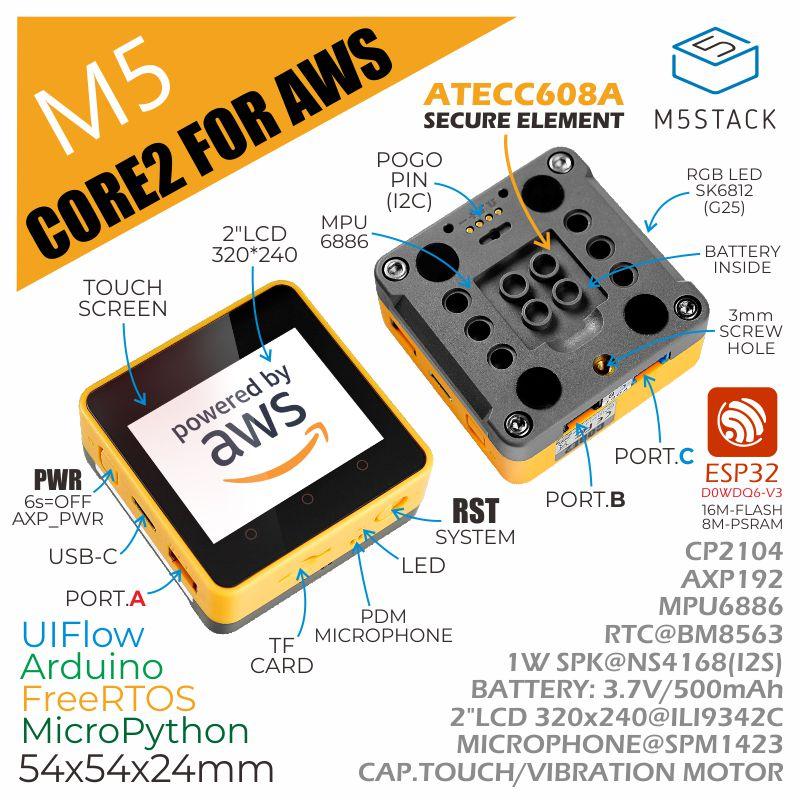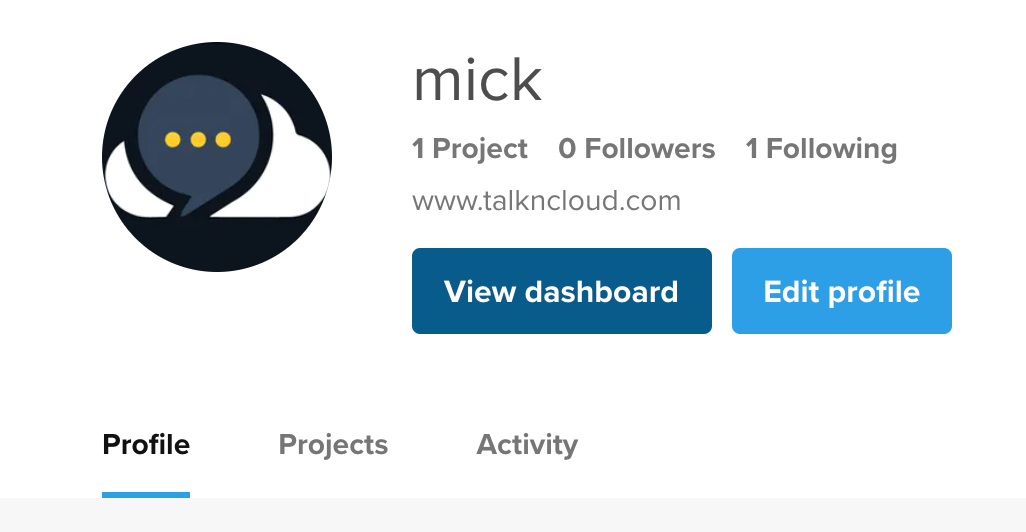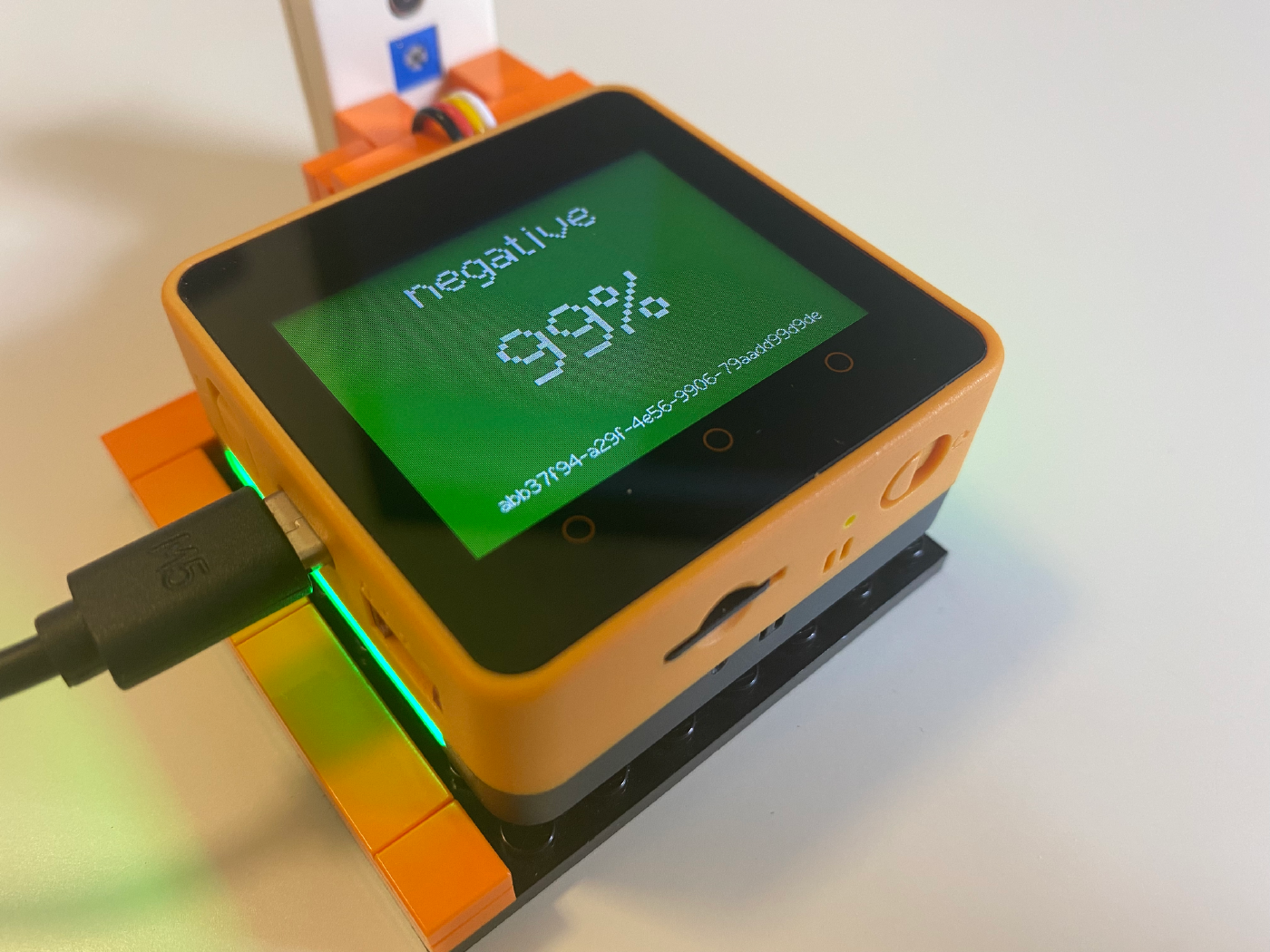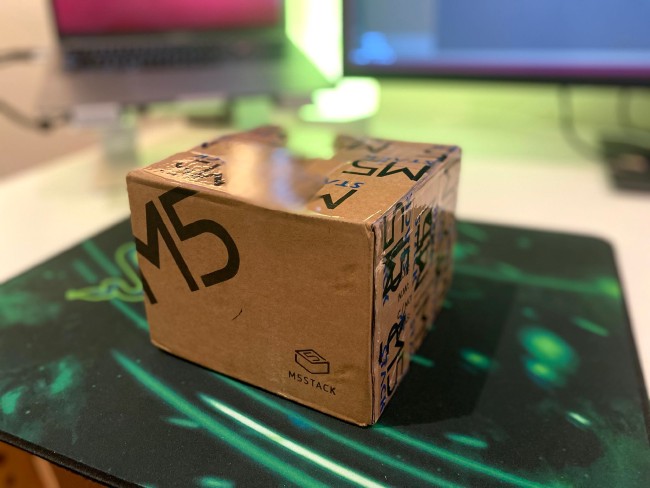Hackster AWS Reinventing Healthy Spaces Challenge
We are only a couple of days away from finding out the results to the Hackster AWS Reinventing Healthy Spaces Challenge. I competed in the challenge, it was a wild ride with many ups and downs and now that I’ve had a bit of time to reflect on the challenge, I thought I’d share my experience and tips for future contestants.
As always, this is a zero affiliate site. Just sharing content.
Firstly, what is Hackster? This was my first look at Hackster, I had no idea what it was before for challenge:
the Hackster community is comprised of those looking to ideate, inspire, and invent solutions across a number of industries
Check out the about page for more info.
My take is that it appears to be a community of like minded folk to get together and showcase various hardware related projects, often using popular dev boards like raspberry Pi, M5 etc. Don’t let that fool you though, the projects on this site are next level! These projects often involve computer vision, ML, IoT, lots of sensors and actuators there is no real limitation.
So, what is the challenge then? I first heard about the challenge through my LinkedIn connections, I can’t remember who. But, it was a link promoting free hardware and entry into the challenge. The challenge itself was to use the M5 Core2 AWS EduKit hardware and AWS IoT to build and open-source healthy spaces solution.
A healthy space is really anything you can think of using the constraints above to improve public health. Example, maybe you want to create a air quality meter and send notifications to people. The official requirements can be found on the Hackster page.
Here is a quick diagram of the M5 Core2 Stack, you can find more details in one of my previous write ups about the stack:

What really stood out for me about this challenge was the community aspect, getting to know a new community (Hackster) and also creating projects that everyone will have access to. This was also my first hands on experience with the M5 Core2 Stack, a very impressive device, perfect for prototyping.
Hackster platform
Like most online communities Hackster provide a way to create profiles, your profile is a good place to share info about your self, existing blogs, interests etc. You will need an account to interact with the community.
If you’re like me and just starting out you probably won’t have too many followers right away:

Feel free to reach out and connect on Hackster!
When you enter a challenge like this one you get access to the challenge discussion board. This allows you to ask questions. For this challenge we had subject matter experts helping out like Rashed Talukder the creator of the AWS EduKit program and Senior Developer Advocate at AWS. Questions ranged AWS specific queries like IoT and then more detailed queries about programming the device itself.
Entering the contest
You can enter the contest without creating a project. Before entering the project I suggest looking over what is required, due dates etc and then try to work out if you think you can commit to the challenge. All of the requirements are accessible without creating any accounts. You can see the Reinventing Healthy Spaces one here.
One thing to take note of is any free hardware. This challenge gave out 150 free AWS EduKits, but, you had to submit an entry. If you don’t think you’re going to submit an entry I suggest buying the required hardware. The device in this example is pretty cheap, less than $50 USD.
Creating a project
When you create a project on Hackster there is a familiar editor that allows you to write content, headers, add images etc. What stands out is the format, Hackster have standardized a way to present content. You’ll notice there are key sections, a place for schematics, the bill of materials, this all leads to easier to consume presentation for the reader.
The editor is very basic, for whatever reason there is no spell check and few styling options. The end result is OK, again, it makes it easy to consume but generally could do with some tweaking to make it a little nicer…cough…cough…spell check
My project
I won’t go into too much detail in this post but my project is TYHAC (turn your head and cough) a multimode covid-19 audio diagnostic stack. In a nutshell it listens for coughs, sends them to AWS and uses deep learning to provide a covid-19 diagnosis.
Key AWS services:
- AWS IoT
- Lambda
- SageMaker
- S3
- DynamoDB
If you want to check out my project it’s available open source on the talkncloud github repo:
I’ve done a bigger write up as part of the project submission and the repo has additional detail about of the key parts. The animated gif in the link below gives you a little insight into the stack in action:

Tips for hackster contests
Not an exhaustive list, but here are my top tips for completing in a challenge like this:
- Know your deadline, it’s on you to submit on time
- Start writing early, often you’ll need to produce videos, these take time, try and get most of the writing done as you go
- Use the discussion boards, I admittedly did not use these enough and really should have
- Spell check! I suggest writing in something that has spellcheck and then copy the content over when you’re done
- Check the scoring guidelines, some items are weighed more than others and some parts are optional. Understand the guidelines and aim for the top if you’ve got the time.
- Order a device and order early, it’s tough times with shipping especially with global challenges like this. Don’t miss out!
- Get out of your head, if you start looking at Hackster you see a lot of truly brilliant projects. I was amazed! (still am), don’t let this put you off. Keep going!
Wrapping up
I had a great time with the challenge, it’s easy to get behind these types of initiatives that produce content for everyone. The challenge itself had just under 700 participants with around 70 projects submitted. That’s 70 more open-source projects kicking around the internet now tackling public health concerns. Pretty neat!
I’ll be doing more detailed write up’s on the stack itself in the coming months, there is a lot to unpack with CDK, SageMaker, IoT and the EduKit, too many for any single post.
Be sure to keep an eye on Hackster and AWS for future challenges, start early, join a team if you know others who are keen and start building!
Related Posts
Core 2 M5 IoT Stack AWS EduKit Unboxing
I have no idea how I missed this one, I only just caught this on my network someone (can’t recall who) was promoting the last days to register for the hackster healthy spaces challenge.
Read moreAWS SCS-C01 Security Specialty Certification Recap Jun 2021
I am fresh off the AWS Security Specialty exam for 2021 having successfully sat for the exam last week. What a doozy!
Read moreAWS She Builds Day June 2021 - Loud and Clear
Every now and then I’d see or hear about AWS She Builds, there was a cool logo, bright colours and some new faces.
Read more




